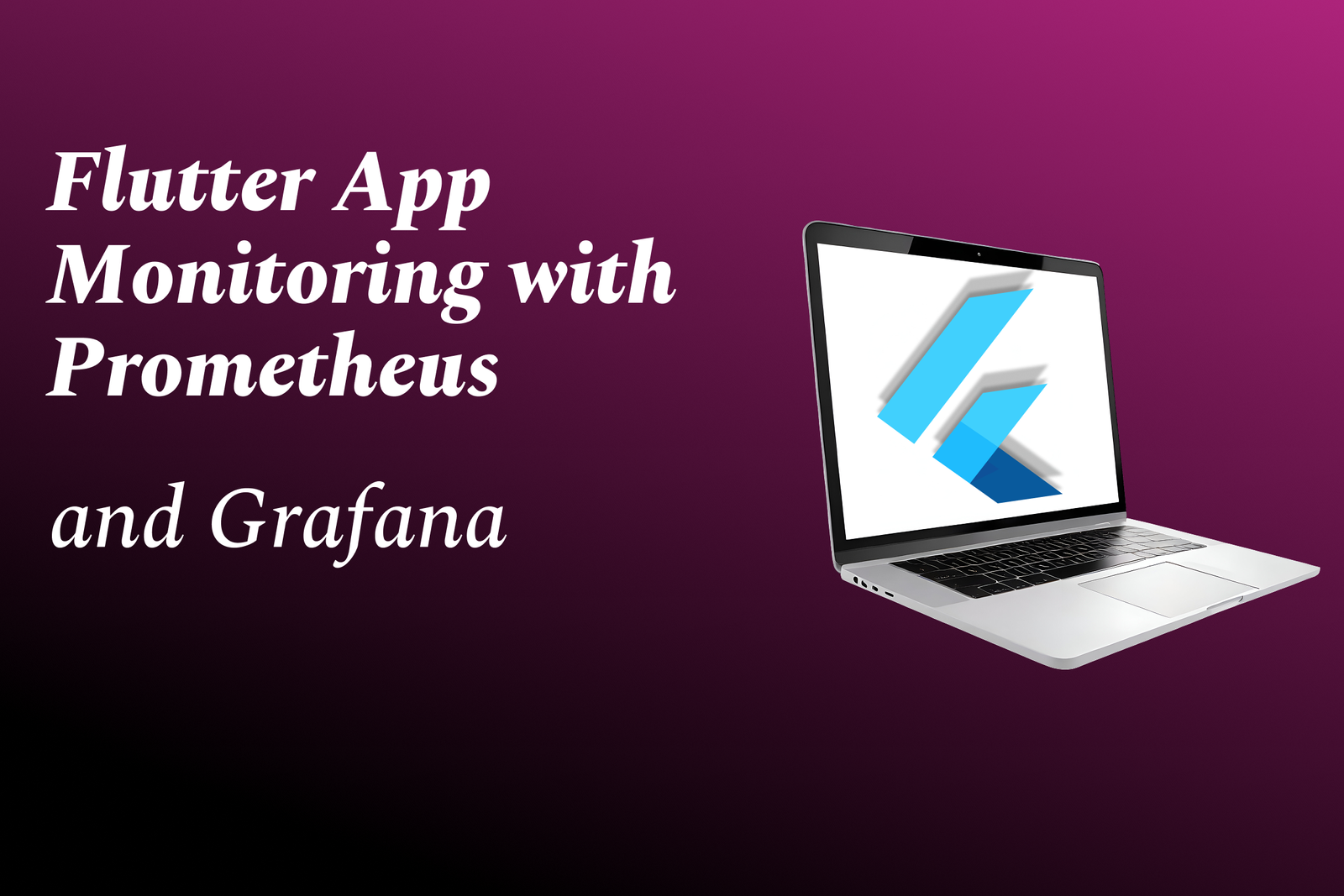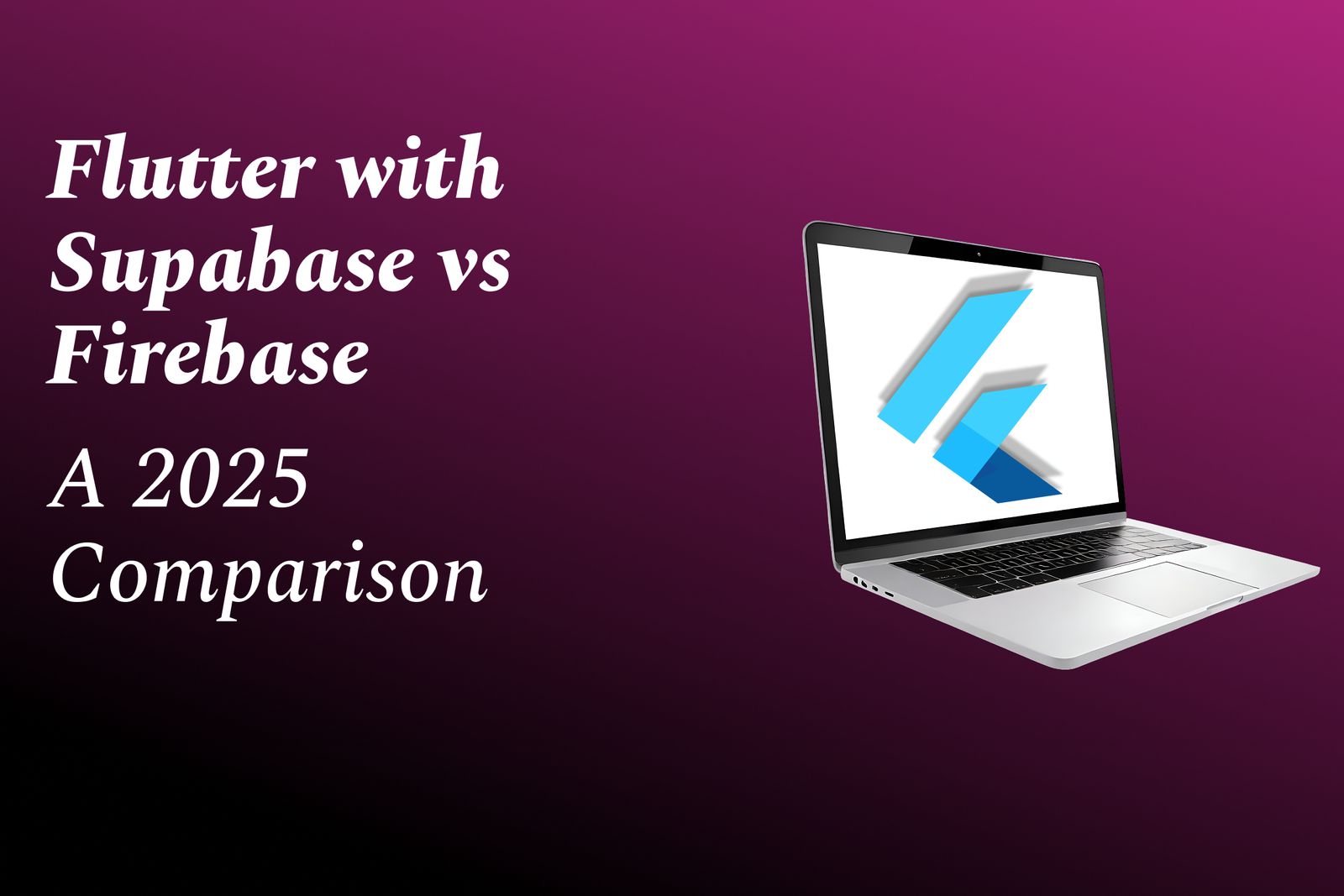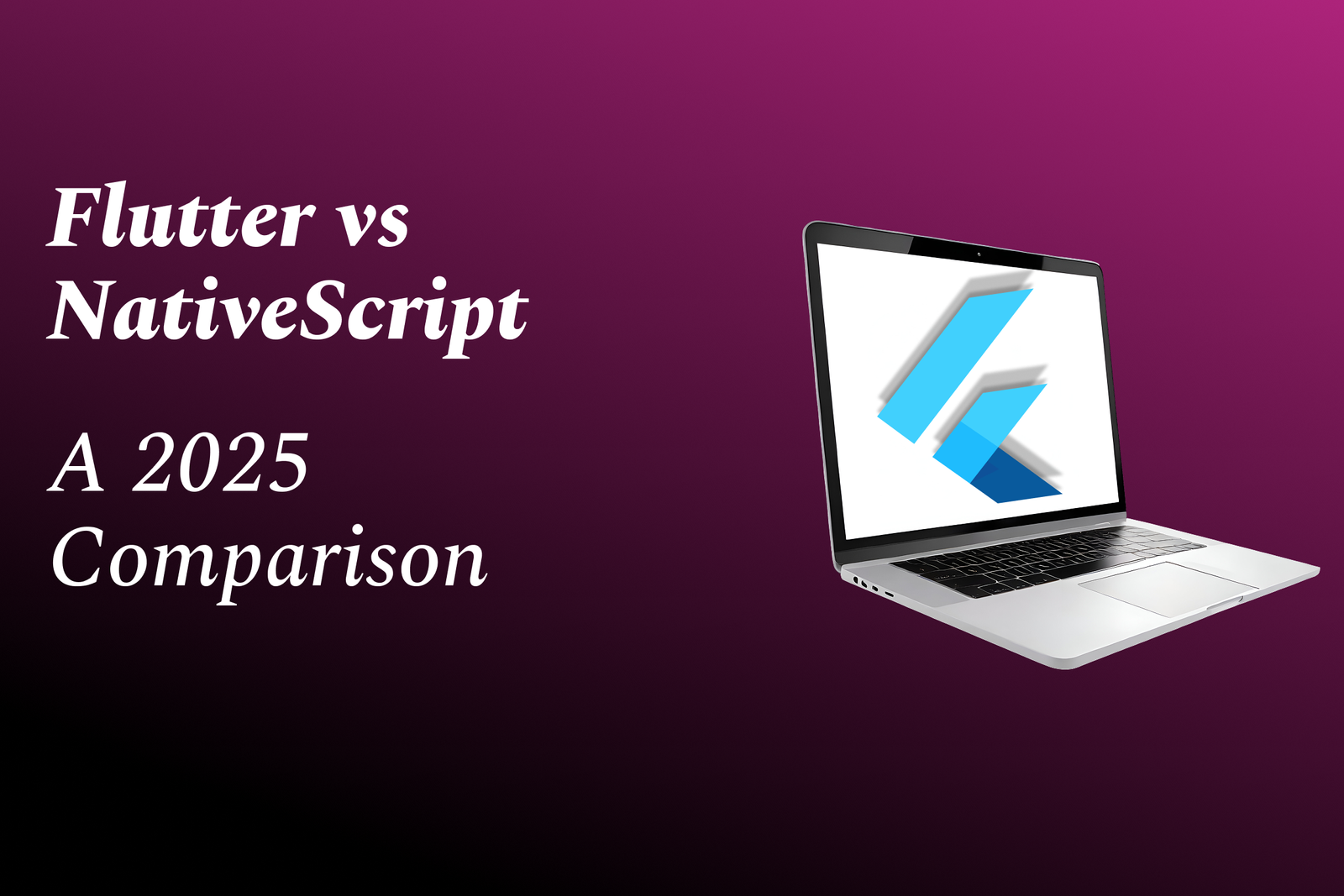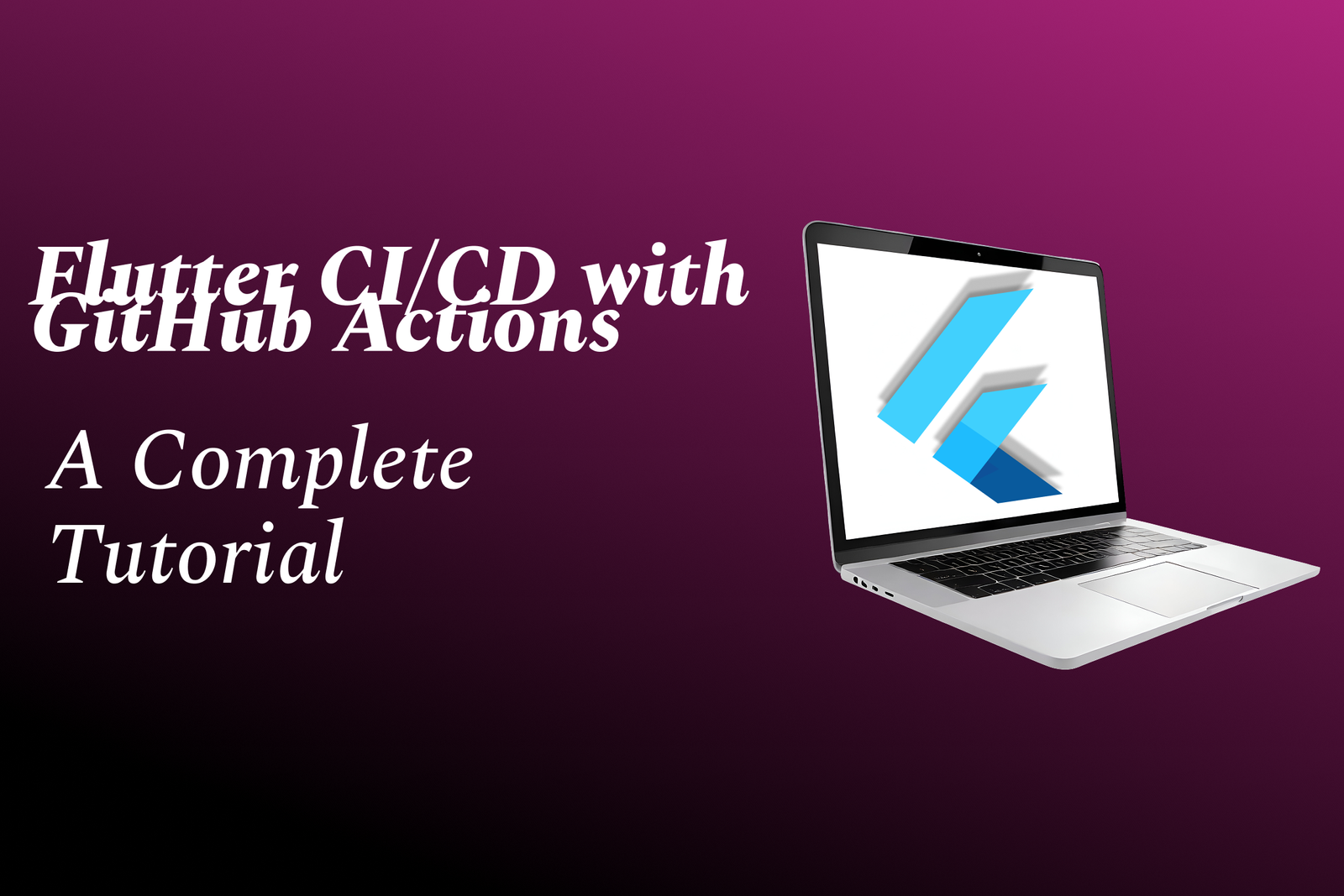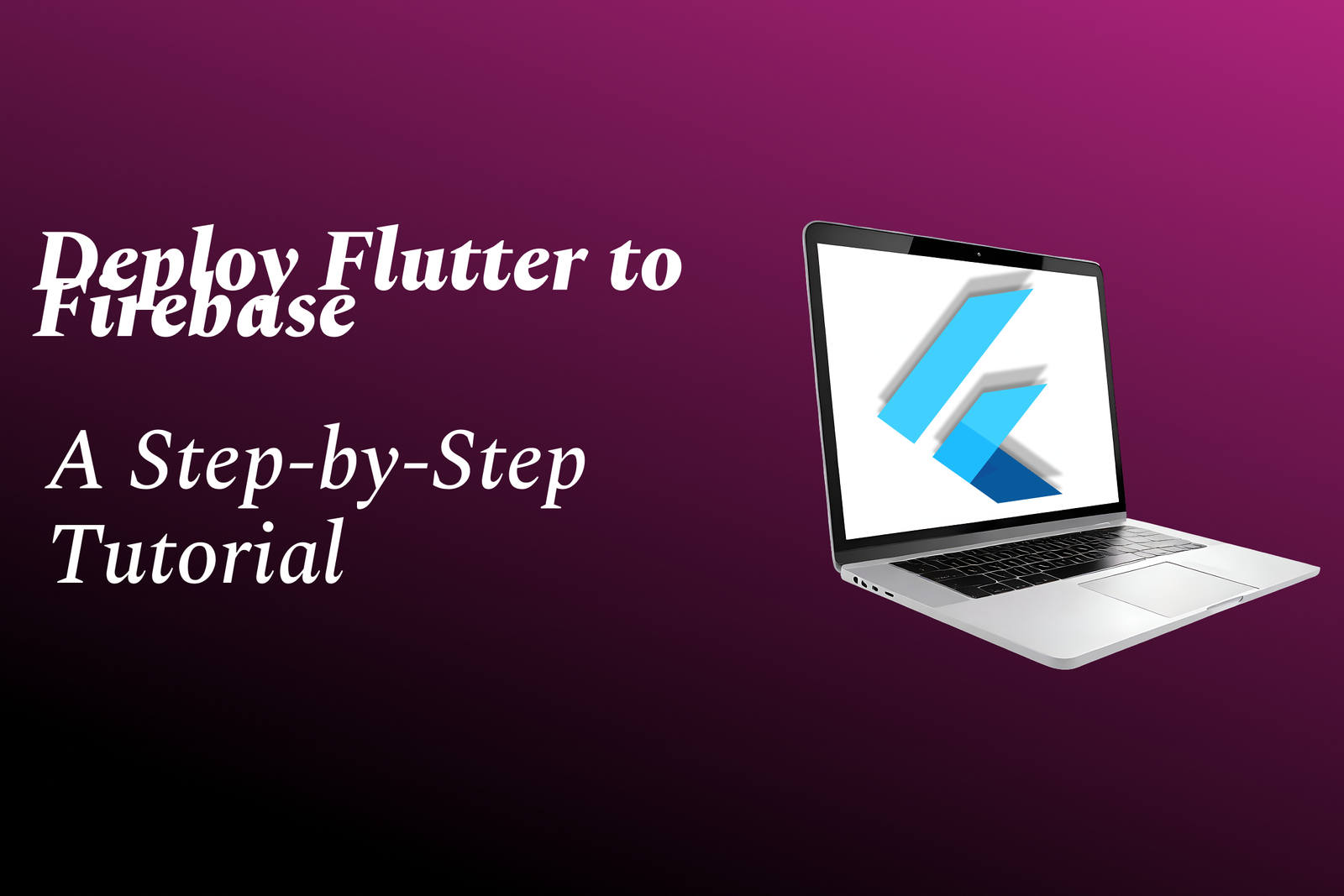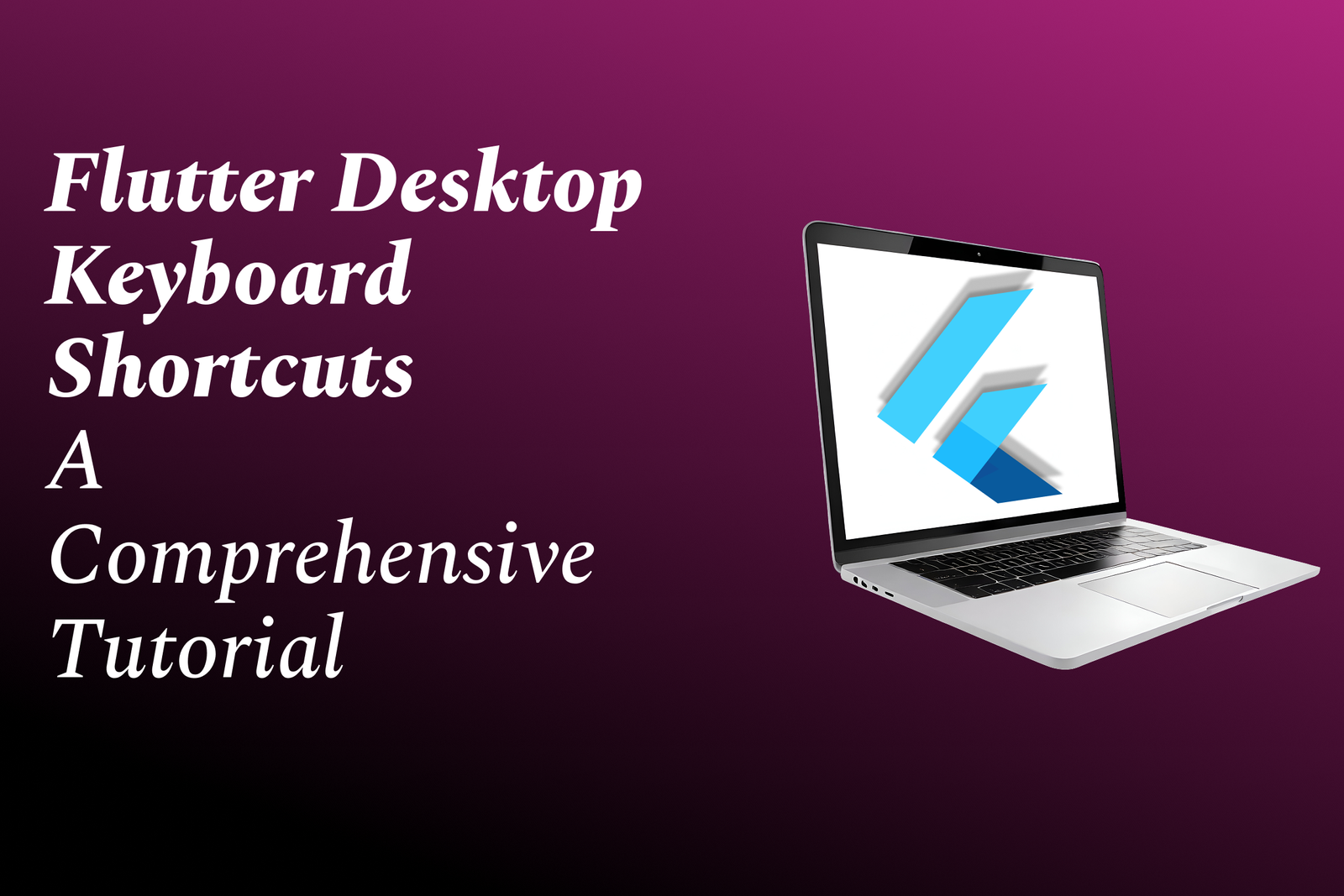Learning Power Bi Vs Python
Power BI and Python are both powerful tools for data analysis and visualization, but they differ in
Learning Power Bi Vs Python
Both Power BI and Python offer distinct advantages for data analysis. Power BI, a Microsoft product, is a user-friendly tool designed for rapid data visualization and reporting. It offers a wide range of pre-built templates and features, making it accessible to non-technical users. Python, on the other hand, is a versatile programming language that provides greater flexibility and control over data manipulation, analysis, and visualization. It allows users to build custom solutions and automate complex tasks, making it a powerful choice for data scientists and analysts with programming experience. The choice between the two depends on the specific needs and skill level of the user, with Power BI suitable for quick insights and presentations, while Python offers greater depth and customization for advanced analysis and automation.
To Download Our Brochure: https://www.justacademy.co/download-brochure-for-free
Message us for more information: +91 9987184296
Both Power BI and Python offer distinct advantages for data analysis. Power BI, a Microsoft product, is a user friendly tool designed for rapid data visualization and reporting. It offers a wide range of pre built templates and features, making it accessible to non technical users. Python, on the other hand, is a versatile programming language that provides greater flexibility and control over data manipulation, analysis, and visualization. It allows users to build custom solutions and automate complex tasks, making it a powerful choice for data scientists and analysts with programming experience. The choice between the two depends on the specific needs and skill level of the user, with Power BI suitable for quick insights and presentations, while Python offers greater depth and customization for advanced analysis and automation.
Course Overview
This course provides a comprehensive comparison of Power BI and Python, two powerful tools for data analytics and visualization. It covers the strengths and weaknesses of each tool, their key features, and when to use one over the other. Learn about data modeling, visualization techniques, data analysis capabilities, and how to integrate with other tools. Enhance your understanding of both technologies to make informed decisions and use them effectively for data-driven insights.
Course Description
Master data analytics with this comprehensive course comparison between Power BI and Python. Explore the strengths, limitations, and applications of each tool, including data visualization, data manipulation, and machine learning. Gain insights into the best tool for your specific business needs and enhance your analytics skills for efficient decision-making.
Key Features
1 - Comprehensive Tool Coverage: Provides hands-on training with a range of industry-standard testing tools, including Selenium, JIRA, LoadRunner, and TestRail.
2) Practical Exercises: Features real-world exercises and case studies to apply tools in various testing scenarios.
3) Interactive Learning: Includes interactive sessions with industry experts for personalized feedback and guidance.
4) Detailed Tutorials: Offers extensive tutorials and documentation on tool functionalities and best practices.
5) Advanced Techniques: Covers both fundamental and advanced techniques for using testing tools effectively.
6) Data Visualization: Integrates tools for visualizing test metrics and results, enhancing data interpretation and decision-making.
7) Tool Integration: Teaches how to integrate testing tools into the software development lifecycle for streamlined workflows.
8) Project-Based Learning: Focuses on project-based learning to build practical skills and create a portfolio of completed tasks.
9) Career Support: Provides resources and support for applying learned skills to real-world job scenarios, including resume building and interview preparation.
10) Up-to-Date Content: Ensures that course materials reflect the latest industry standards and tool updates.
Benefits of taking our course
Functional Tools
1 - Power BI: A Microsoft developed business intelligence tool that allows users to analyze and visualize data, create interactive reports and dashboards, and collaborate with others.
2) Python: A high level, interpreted programming language widely used in data science, machine learning, and data analysis. It offers extensive libraries for data processing, visualization, and modeling.
3) Jupyter Notebook: An open source web application that combines interactive code execution with rich text and visualizations. It is commonly used for data exploration, model development, and presenting analysis results.
4) pandas: A Python library that provides data manipulation and analysis capabilities, including data frame manipulation, data cleaning, and statistical operations.
5) NumPy: A Python library that offers support for numerical operations, including matrix manipulations, array operations, and linear algebra functions.
6) Matplotlib: A Python library that provides tools for creating 2D plots and charts, including line plots, scatterplots, histograms, and heatmaps.
Training Program for Students:
This training program will equip students with the skills and knowledge necessary to leverage the power of Power BI and Python for data analysis and visualization. Through hands on exercises and projects, students will learn how to:
- Import and clean data from various sources
- * Perform data exploration and analysis
- * Create interactive visualizations and dashboards
- * Use machine learning algorithms for predictive analytics
- * Communicate data insights effectively
- * Collaborate with others using best practices
- Ways to Get More Points
- 1. Daily Login:
- * Log in to your account daily to earn bonus points.
- 2. Surveys and Quizzes:
- * Participate in surveys and quizzes to accumulate points.
- 3. Offers and Promotions:
- * Complete special offers and promotions from partners to earn points.
- 4. Referrals:
- * Refer friends or family members to your platform and earn points for each successful referral.
- 5. Tasks and Activities:
- * Complete specific tasks or activities on the platform to earn points. This may include watching videos, playing games, or reading articles.
- 6. Loyalty Programs:
- * Join loyalty programs offered by your platform to earn points for repeat purchases or engagement.
- 7. Point Multipliers:
- * Take advantage of point multipliers during special promotions or events to earn more points faster.
- 8. Multi Platform Participation:
- * If your platform has multiple channels (e.g., website, mobile app), engage with different channels to earn points from each.
- 9. Social Media Interactions:
- * Share, like, or comment on platform content on social media to earn bonus points.
- 10. Customer Support:
- * Help resolve issues or provide feedback to customer support to earn points.
- 11. Exclusive Events:
- * Attend exclusive events or webinars hosted by your platform to earn points.
- 12. Challenges:
- * Participate in challenges or contests organized by your platform to earn points for achieving specific goals.
- 13. Point Redemptions:
- * Redeem your points for rewards, discounts, or exclusive benefits. This can motivate you to accumulate more points.
- 14. Optimization:
- * Stay informed about new opportunities to earn points and utilize them efficiently to maximize your earnings.
- 15. Patience and Consistency:
- * Getting more points takes time and effort. Be patient and consistent with your participation to accumulate points gradually.
- 1. Join Contests and Giveaways
- * Participate in online contests hosted by brands, influencers, and communities.
- * Enter sweepstakes and raffles for a chance to win prizes or rewards that can be converted into points.
- 2. Refer Friends and Family
- * Share your referral code or link with friends and family who sign up for the same loyalty program or app.
- * Earn points for each successful referral.
- 3. Make Purchases with Partner Stores
- * Shop at partner stores that offer loyalty benefits.
- * Link your loyalty account to your purchase to earn points automatically.
- 4. Complete Surveys and Tasks
- * Take part in surveys, participate in focus groups, or complete other tasks assigned by the loyalty program.
- * Redeem points for completing these activities.
- 5. Use Credit Cards and Debit Cards with Rewards
- * Sign up for credit or debit cards that offer rewards points on purchases.
- * Redeem the points earned towards your loyalty program account.
- 6. Check for Bonus Offers
- * Keep an eye out for bonus points offers from your loyalty program.
- * Participate in promotions or limited time events to earn additional points.
- 7. Use Online Shopping Portals
- * When making online purchases, go through shopping portals that offer rewards points for using their links.
- * Earn points for your purchases towards your loyalty account.
- 8. Take Advantage of Welcome Bonuses
- * Many loyalty programs offer welcome bonuses or sign up rewards.
- * Take advantage of these offers to jumpstart your point accumulation.
- 9. Check for Multiple Rewards Programs
- * Consider joining multiple loyalty programs that align with your spending habits.
- * This allows you to earn points from different sources and maximize your rewards.
- 10. Use Points Beyond Redemptions
- * Some loyalty programs allow you to use your points for more than just redemptions.
- * Explore options such as donating your points to charities or using them for experiences or travel.
Browse our course links : https://www.justacademy.co/all-courses
To Join our FREE DEMO Session: Click Here
This information is sourced from JustAcademy
Contact Info:
Roshan Chaturvedi
Message us on Whatsapp:
Email id: info@justacademy.co
Android App Development Course In West Delhi
Android App Development Course In India
Android App Development Specialization Course Fee In Coursera
Power BI vs Python for Data Analysis: A Comprehensive Comparison for SEO
Power BI vs. Python for Data Analytics: A Comprehensive Comparison
Power BI vs Python for Data Analytics: A Comprehensive Comparison for SEO
Power BI vs Python: Which Tool Is Right for Your Data Analytics Needs?

